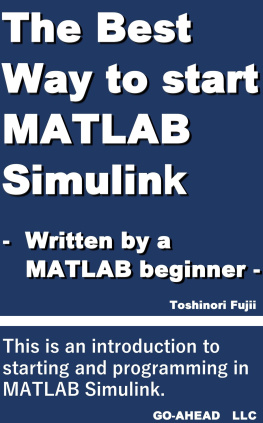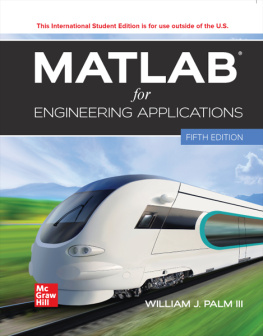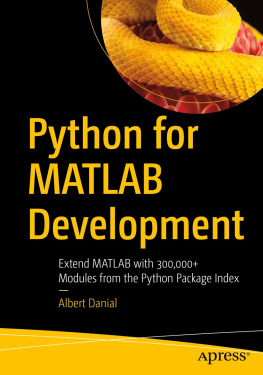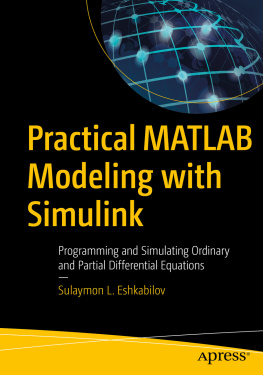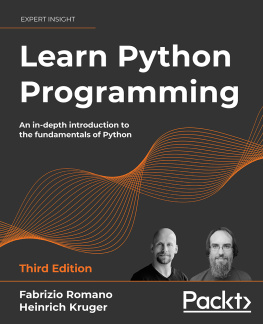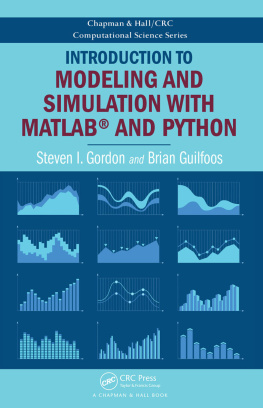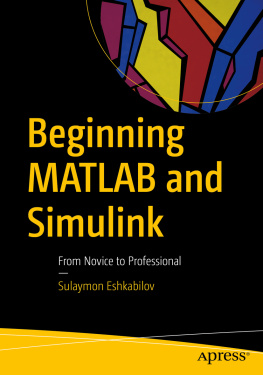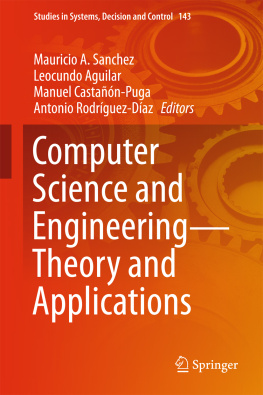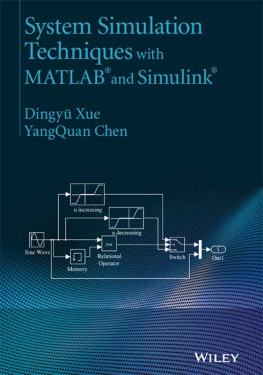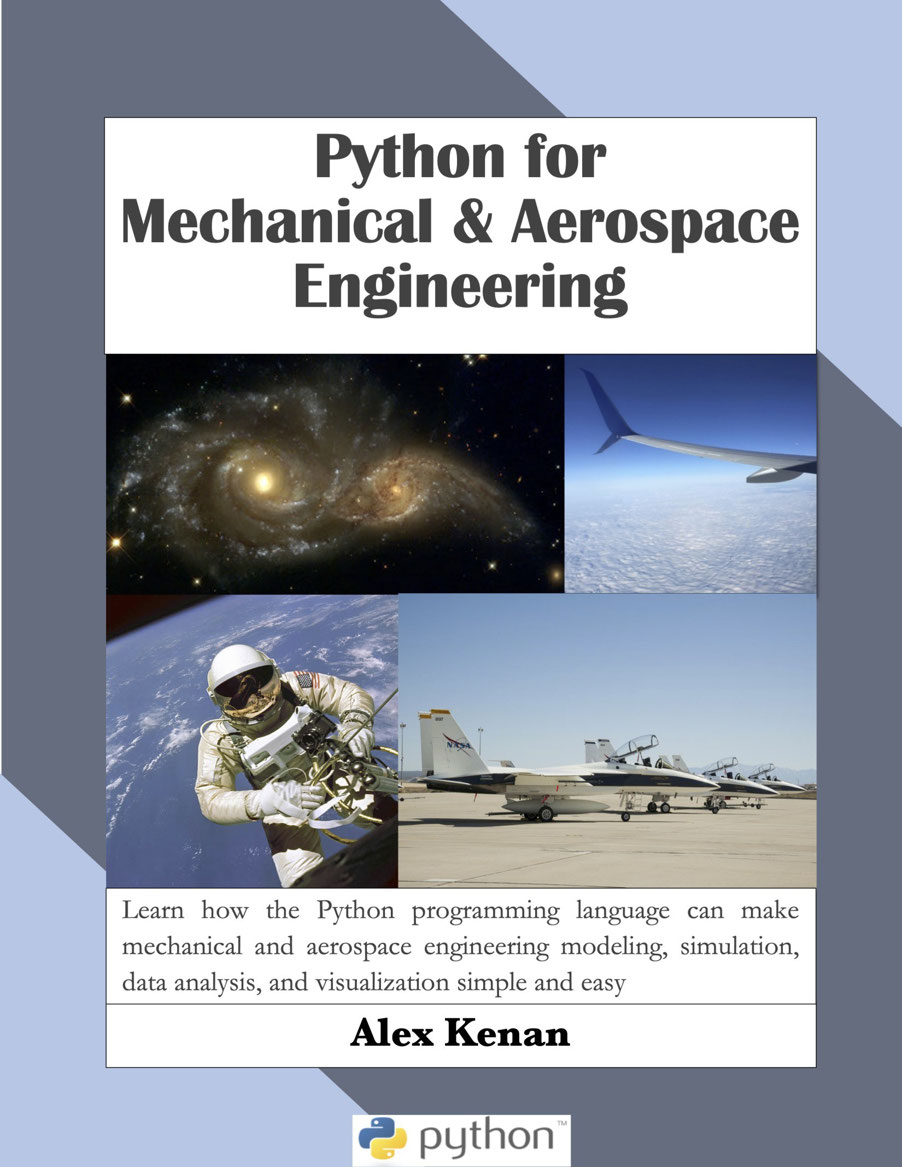Python for Mechanical and Aerospace Engineering
by Alex Kenan
Learn some of Pythons most popular libraries like BeautifulSoup, Matplotlib, Numpy, Requests, and Tkinter by scraping a website for aluminum alloy information, graphing satellite orbits, creating a GUI to convert different units, plotting airfoil coordinates, publishing programs to PDF, and more!
https://pymae.github.io
Python for Mechanical and Aerospace Engineering
ISBN 978-1-7360606-0-5
Copyright 2020 Alexander Kenan. Some Rights Reserved. This work is licensed under a Creative Commons Attribution-NonCommercial-ShareAlike 4.0 International License.
See http://creativecommons.org/licenses/by-nc-sa/4.0/ and The End chapter for more information.
https://pymae.github.io
pythonforengineering@gmail.com
Table of Contents
Chapter 1: Introduction to Python
Chapter 1.5: FizzBuzz
Chapter 2: Graphing Thrust Available and Thrust Required
Chapter 3: Graphing Dynamic Pressure during a Rocket Launch
Chapter 4: Getting and Plotting Airfoil Coordinates
Chapter 5: Modeling a 2-body orbit in 2D and 3D
Chapter 6: Unit Conversions
Chapter 7: Introduction to Web Scraping
Chapter 8: Modeling Camera Shutter Effect
Chapter 9: Writing Reports with Pweave
The End
About the Author
Legal Stuff
Chapter 1: Introduction to Python
What do you think of when you hear the word programming? For most of the general population, programming conjures up images of advanced mathematics, smelly geeks, and hacking into the mainframe, whatever that means. For engineers and engineering students, programming generally brings back memories of triumphs and struggles of introduction to computer science courses.
These traditional computer science courses for engineering focus on the fundamentals of programming without demonstrating the wide array of practical applications for outside fields. As a result, engineering students know (or, at least, learned) the principles of inheritance and object-oriented programming, but the courses fail to link these concepts to actual engineering applications. As a result, mechanical and aerospace engineering disciplines get pushed to MATLAB because the computational abilities of programming languages tend to not be highlighted. MATLAB has traditionally dominated the engineering space because it is viewed as a batteries-included software kit that is focused on functional programming. Everything in MATLAB is some sort of array, and it lends itself to engineering integration with its toolkits like Simulink and other add-ins. The downside of MATLAB is that it is proprietary software, the license is expensive to purchase, and it is more limited than Python for doing tasks besides calculating or data capturing.
Python is a general-purpose programming language that can be used to write code for both small and large projects. Companies like Dropbox, Instagram, Instacart, and reddit, among others, use Python in some or all of their production code. The language has three major selling points: it is free, it has good code readability, and it has a batteries-included philosophy, meaning that it can be quickly downloaded and used. The majority of the time, Python code reads very similarly or almost exactly like normal English. That helps turn your code from pseudocode, where you get the general idea of what you want your program to do, to executable code. Python is also highly regarded because of its wide-ranging standard library. A library, also called a module, is a folder of pre-written code that you can use and re-use. Using a Python module is like calling your favorite car guy/gal to help diagnose a problem with your car. You get to benefit from his/her expertise without having to do the hard work of researching the problem, ordering parts, diagnosing the problem, etc. For a Python example, you can use the built-in operating system module os to help you move a file from your Documents folder to your Desktop folder. All you have to do is tell Python which file to move, and to where, and it takes care of the rest. The standard library has modules to help manage files on your computer, calculate and manage dates and times, time how long it takes your code to run, help test your code, and many more.
Another benefit of Python is that it is open-source, which makes it easy to use others work to help you. While Python has a good standard library, it has even better third-party library support and distribution system; there is a standard package management system called pip that downloads libraries with one command: pip install You can take advantage of extensive numerical methods with the library Numpy (Numerical Python, pronounced numb-pie), and you dont have to worry about the inner workings of the programs you are using. Numpy has a guide [1] that converts MATLAB syntax to Python syntax for any MATLAB converts that may be reading.
A common saying is that if you feed someone fish, they will eat for a day. If you teach them to fish, they will eat for a lifetime. Learning how to program in Python is not teaching someone how to fish; it is teaching them how to decide which way of acquiring food is the best. Python might not always be the best tool to accomplish something, but it is almost always second-best. And in this case, being second-best at a lot of things is definitely better than being the best in a very narrow field. Being a jack-of-all trades means that Python can be used to record or fetch data, process it, display it, save it, publish it to a website, and email it, which makes it much more versatile than MATLAB.
This book assumes a college junior level of mechanical/aerospace engineering understanding with examples that touch on thrust available and thrust required for an aircraft, dynamic pressure and how it changes with altitude and velocity, airfoils, orbital mechanics and orbital parameters, and mechanical properties of different aluminum alloys. Dont be scared if you dont understand all of these topics; a complete understanding of these subjects is not required. The Python examples will hit home more clearly if you understand the engineering subject that is being used for the example. Showing these engineering examples takes the abstract philosophy of object-oriented programming and turns it into an actual project. For me, I finally understood an orbital parameter only when I was able to see it in 2D and 3D, which we will learn in Chapter
This book does not assume any level of programming experience. This chapter will show you the basic structure of Python, its default datatypes, and the rules of programming in Python. It is by no means a comprehensive tutorial on computer science principles or philosophy. There can be semantic differences between how fast a particular datatype is compared to another datatype, but we wont be making a big deal out of any of that. We are not here to make something run 0.00003 seconds faster. We are here to make cool engineering applications in Python. We will also generally try to follow Python best practices, but there may be one or two coding practices that are discouraged but improve clarity/understanding or are easier for us to write.
One last thing: this book is not going to be a good beach book. This book is intended to be used as a practical guide; in order to get the most out of it, you need to program the examples and follow along. Learning to program is a lot like learning math: as much as you try, there is no substitute for practice. In order to practice, you need to download Python.


